FungiFriday Challenge : The Uniqueness, Beauty and Diversity of Natural Mushrooms.
Greetings of friendship for hunters and mushroom lovers in the world. My contribution today is for the Challenge on Fungi Friday by @ewkaw themed The uniqueness, beauty and diversity of Natural Mushrooms.
In the mushroom kingdom, there are a variety of amazing and interesting families to learn about. One family that stands out is Mycenaceae. Today I will explore this mushroom family, dig deeper about the beauty and diversity of the mushrooms that belong to the Mycenaceae family.
This is one of the mushrooms from the Mycenaceae family, namely the mushroom Mycena haematopus.
Mycenaceae is a family of fungi consisting of a number of genera and species of fungi that are widespread throughout the world. This family belongs to the class Agaricomycetes and the order Agaricales. Mycenaceae mushrooms have unique characteristics that set them apart from other mushroom families. Some common characteristics of this family include:
My contribution to the Fungi Friday community challenge by @ewkaw
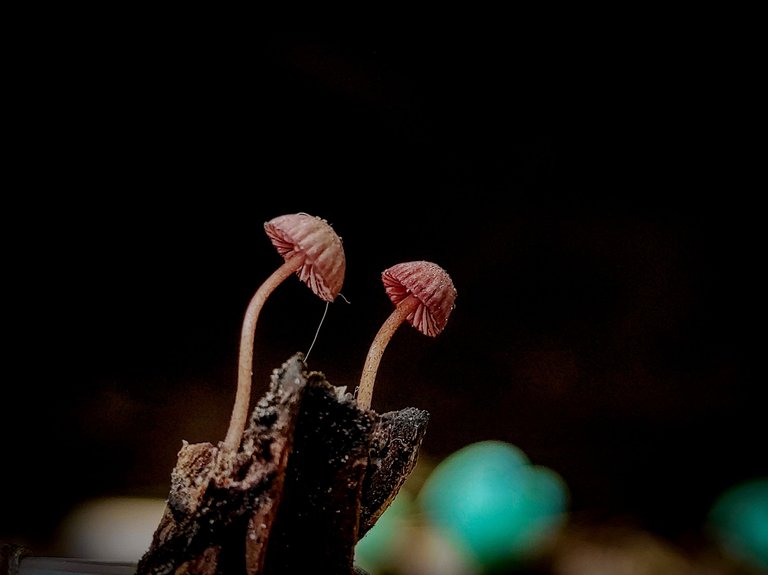
Fruiting Body: Mycenaceae mushrooms generally have an umbrella-shaped or conical fruiting body with a cap on it. The caps come in many shapes and colors, often with a layer of mucus or a gelatin-like substance on the surface.
Stem (Stipe): Stems in Mycenaceae mushrooms tend to be slender and often have a layer of mucus or fibers attached to their surface.
The Mycenaceae family is known for the diversity and beauty of the mushrooms included in it. Their fruiting bodies come in an astonishing variety of shapes, sizes and colors. Some Mycenaceae species produce striking colors, such as red, orange, yellow, green, blue or purple. In addition, many Mycenaceae mushrooms have other interesting features, such as the presence of a layer of mucus or fibers on their stems, or distinctive decorations such as spots or stripes on their caps.
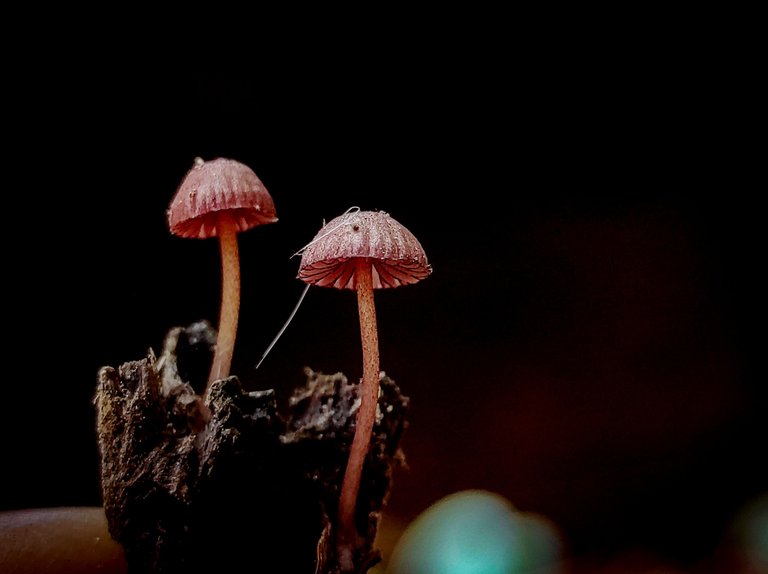
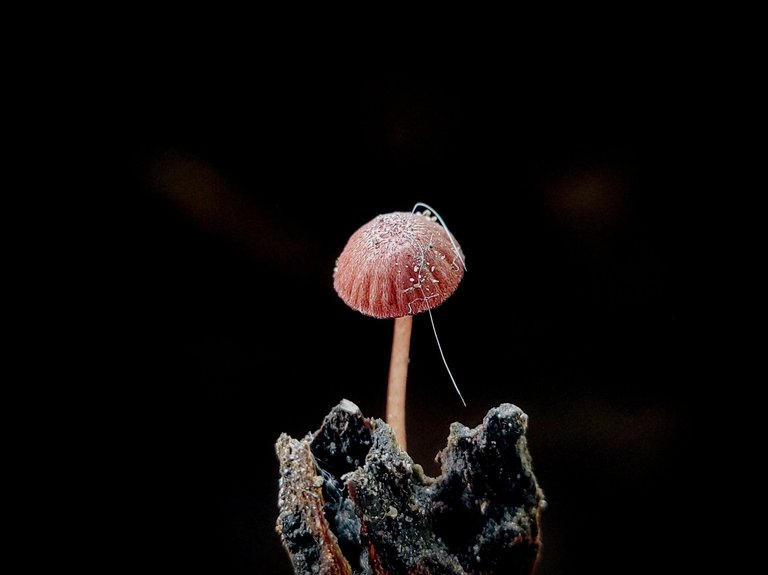
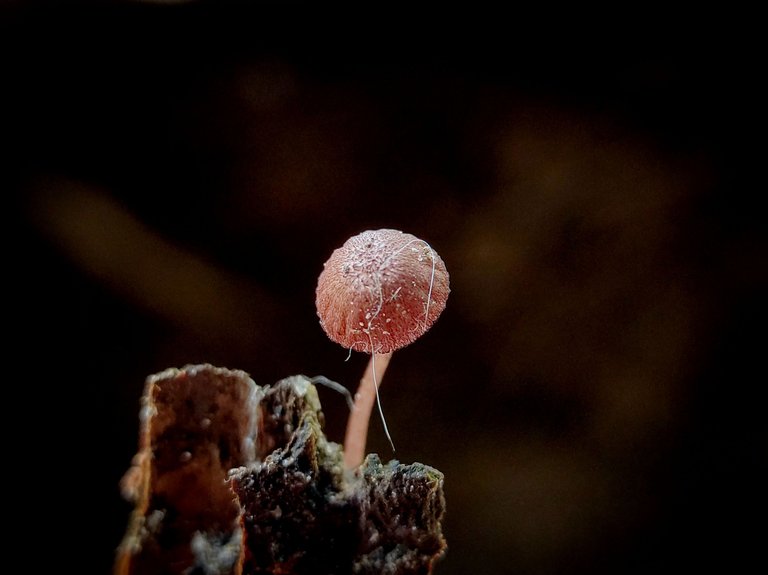
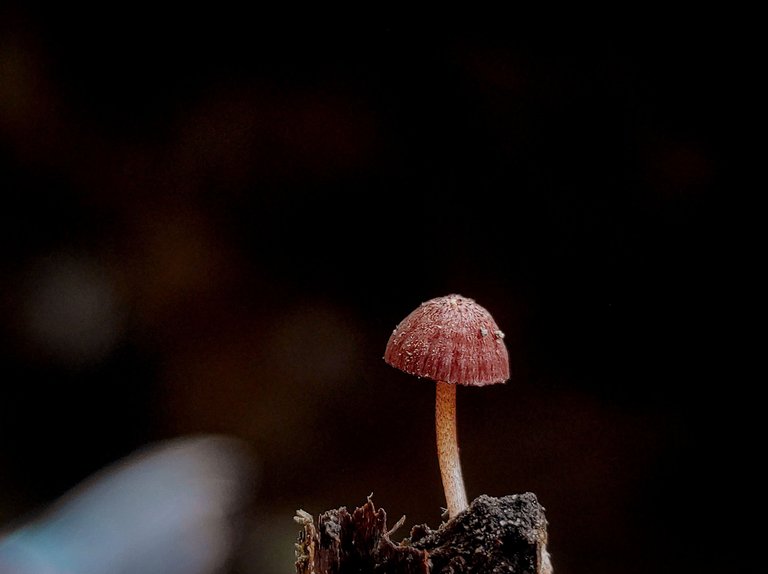
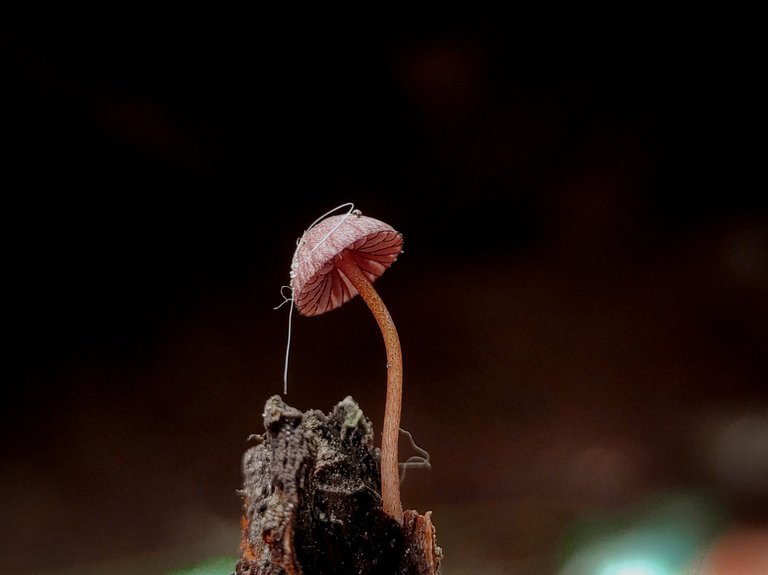
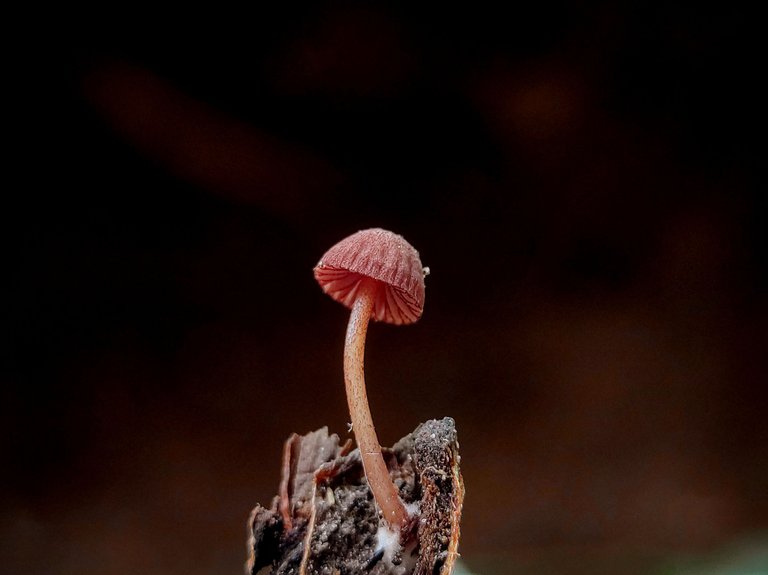
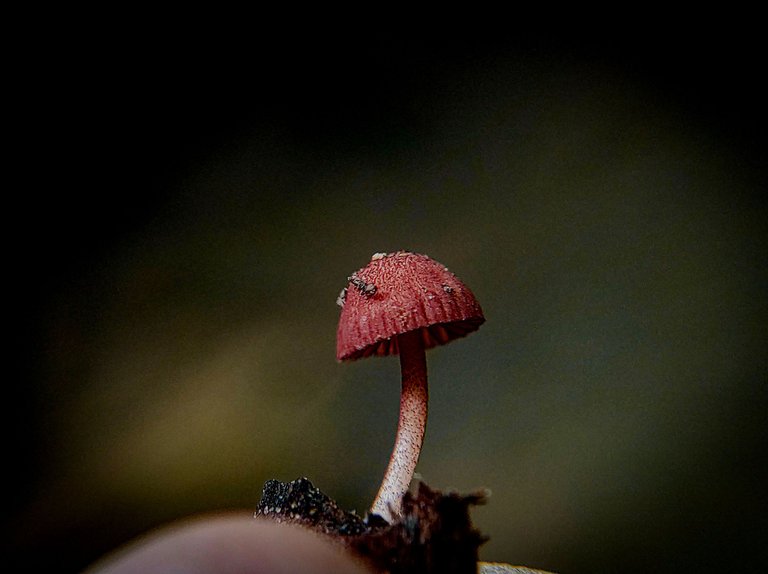


Both Fungus Dacryopinax spathularia is a species of fungus belonging to the genus Dacryopinax, a genus of fungi commonly found in temperate to tropical climates throughout the world. They grow saprophytically, which means they get their nutrition by breaking down decaying organic matter. This genus is famous for its fructification which looks interesting and unique.
One of the main distinguishing features of Dacryopinax is its transparent or yellowish fruiting body with a jelly texture. These fruiting bodies often look like water droplets hanging over the substrate where the mushroom is growing. This gives them a very attractive and distinctive appearance.
Dacryopinax species come in a variety of fruiting body sizes and shapes. Some species have an oval fruiting body, while others have a cup or bowl shape. The size of Dacryopinax fruiting bodies ranges from a few millimeters to several centimeters.
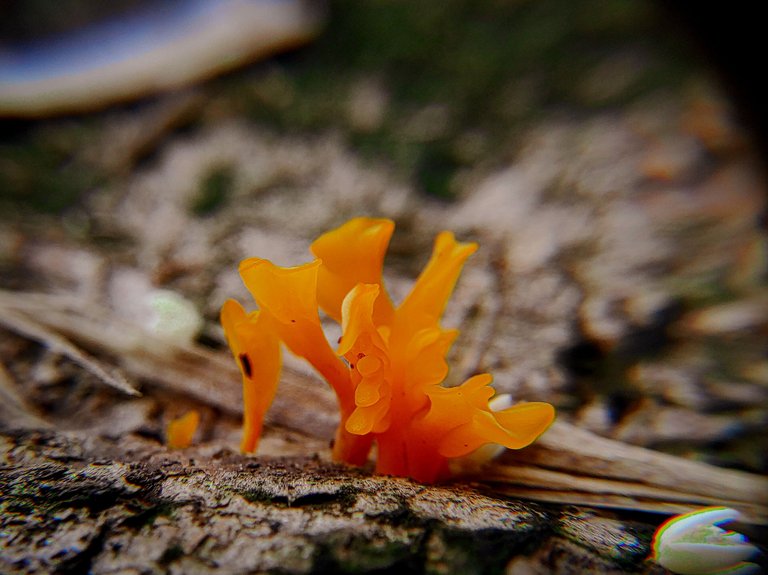
Fruit body color also varies within this genus. Some Dacryopinax species have transparent fruit bodies with a yellowish or brownish tint. However, there are also species that have striking red or orange fruiting bodies. This color difference adds to the visual charm of this genus.
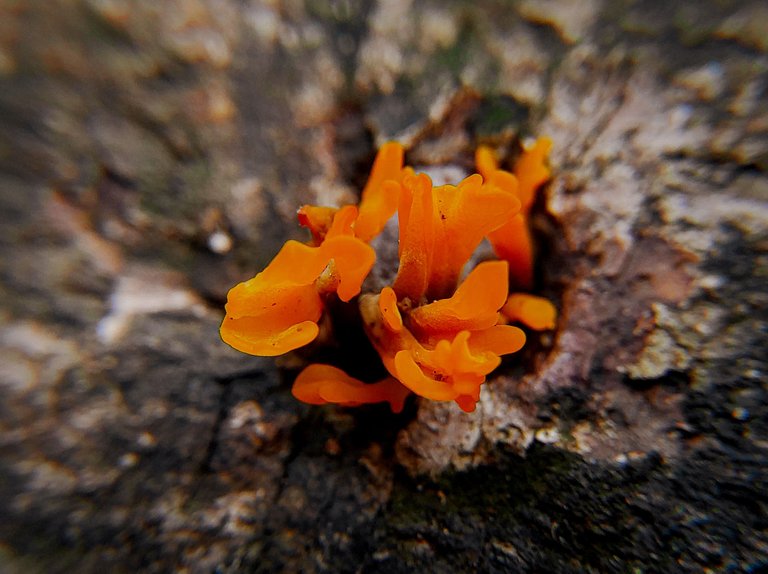
However, despite Dacryopinax's interesting uniqueness, scientific research on this genus is still limited. Many aspects of their taxonomy, ecology and physiology are not fully understood. Therefore, more research is needed to expand our knowledge about this genus.
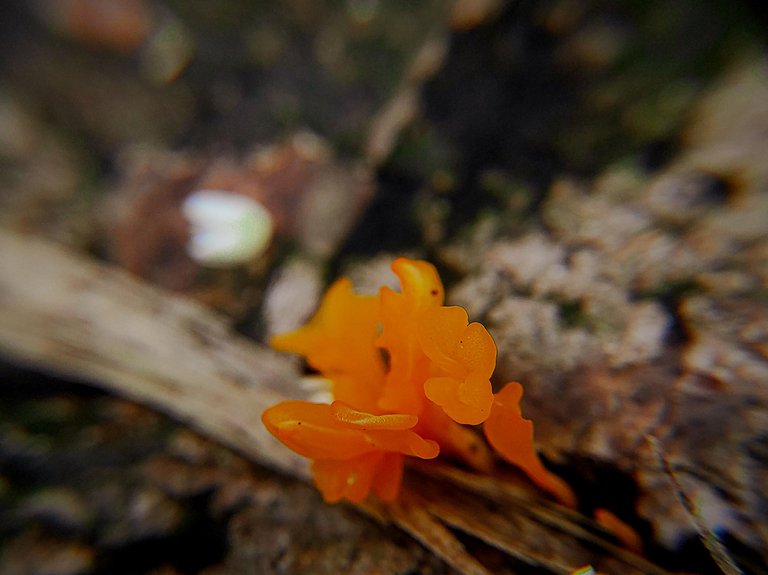
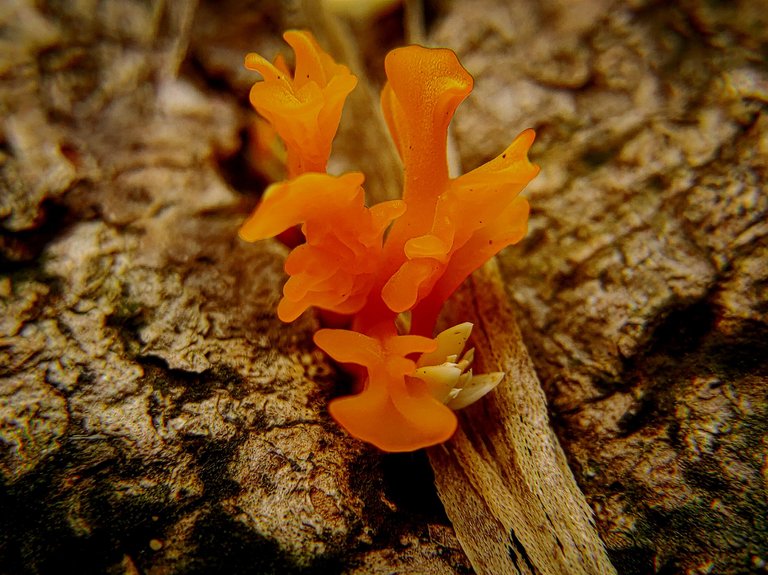
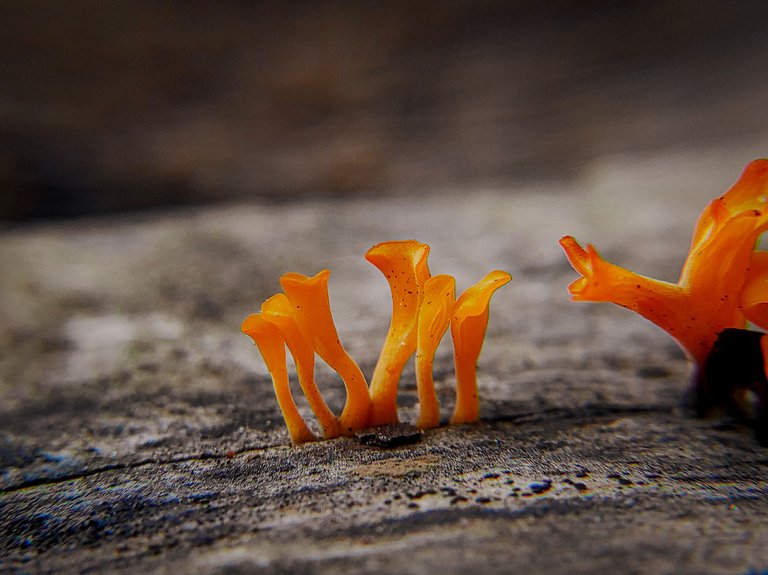
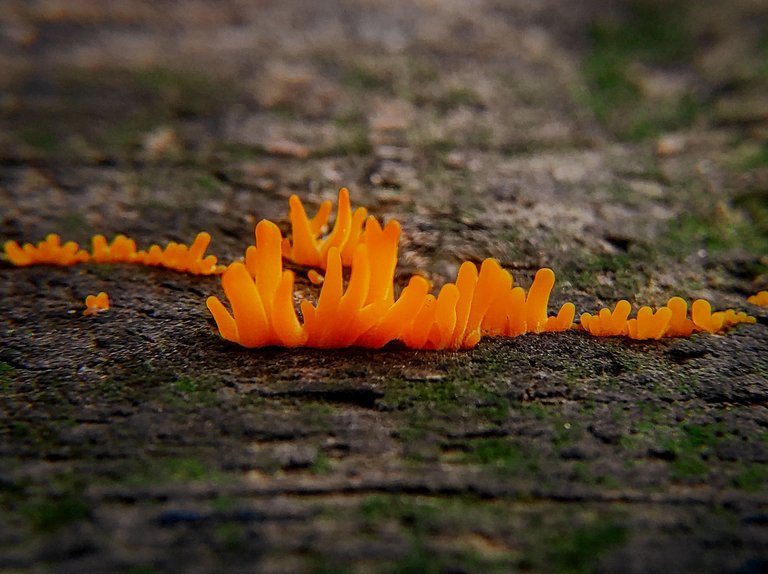
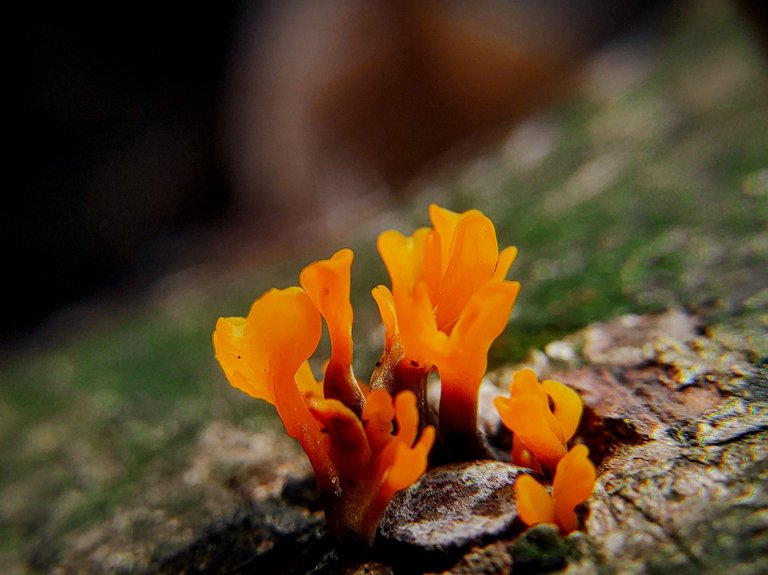

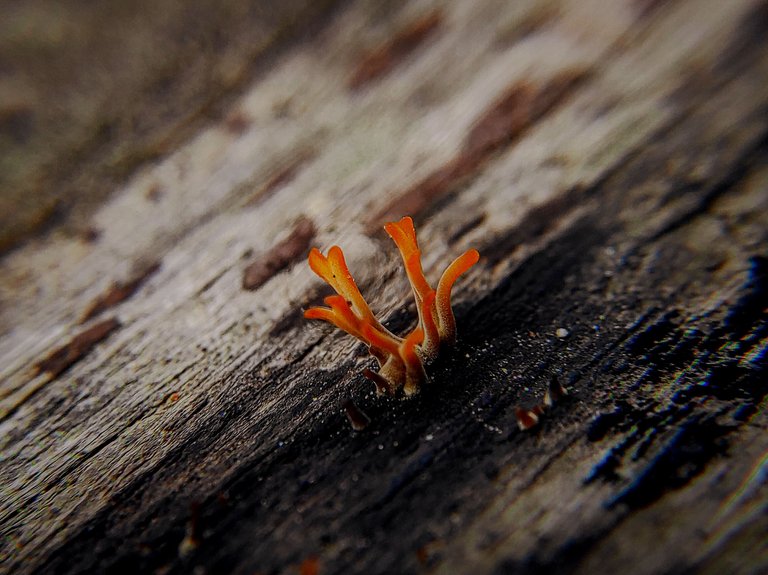
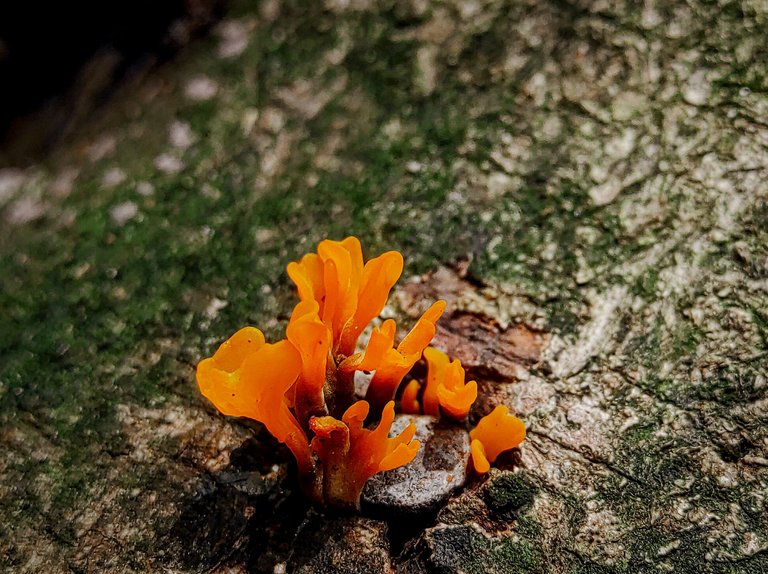
The three mushrooms Inocybe.
Traveling deep into the forest, I may come across an interesting group of mushrooms known as Inocybe. With their various shapes, colors and habitats, these mushrooms are nature's hidden gems waiting to be discovered.
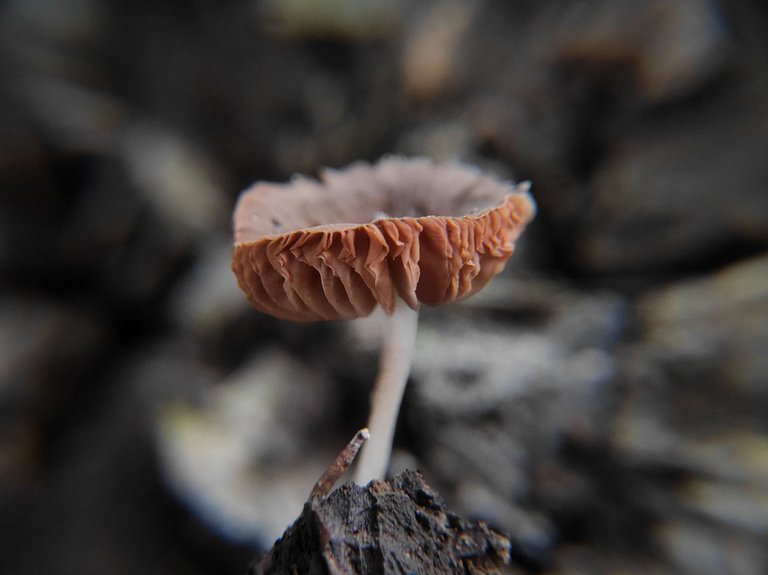
The Inocybe mushroom belongs to the Inocybaceae family, which includes many species spread throughout the world. They are mainly found in woodlands, woodlands, and grassy areas, often emerging from soil or decaying organic matter. I found this mushroom growing in a pile of used trash that I burned.
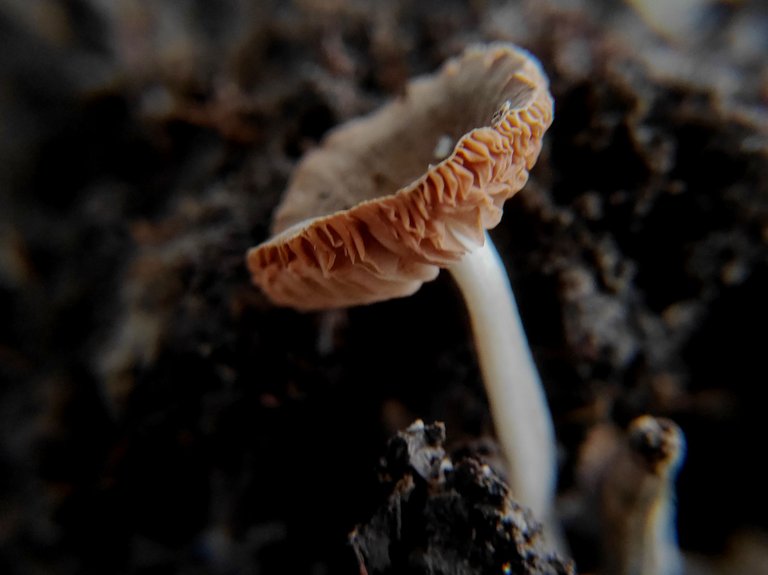
One of the important features of the Inocybe mushroom is its attractive appearance. They come in all shapes, sizes, and colors, making them a delight for mushroom enthusiasts and collectors alike. The cap, the top of the mushroom, can range from convex to conical, with a smooth or fibrous surface. Their colors cover a wide spectrum, including browns, grays, yellows, and even bright colors like reds and blues.

The gills, which are located under the cap, are another distinctive feature of the Inocybe mushroom. They are usually adnate or adnexed, meaning attached to the stem or slightly free. The color of the gills can vary, often matching or complementing the cap. As they mature, the spores produced by the fungus are released from these gills, aiding their dispersal and reproduction.
Inocybe mushrooms are charming organisms that add to the beauty and diversity of forest ecosystems. Their varied shapes and colors make them an interesting subject for mushroom fans, but it's important to approach them with caution. Remember to prioritize safety when looking for wild mushrooms and seek expert guidance to ensure a positive and educational experience. By appreciating these hidden gems responsibly, we can continue to admire the natural wonders of the mushroom kingdom.
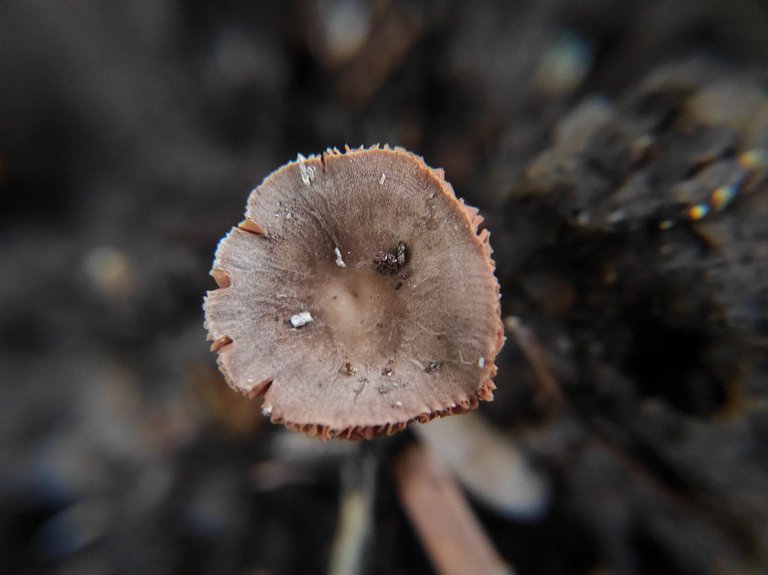
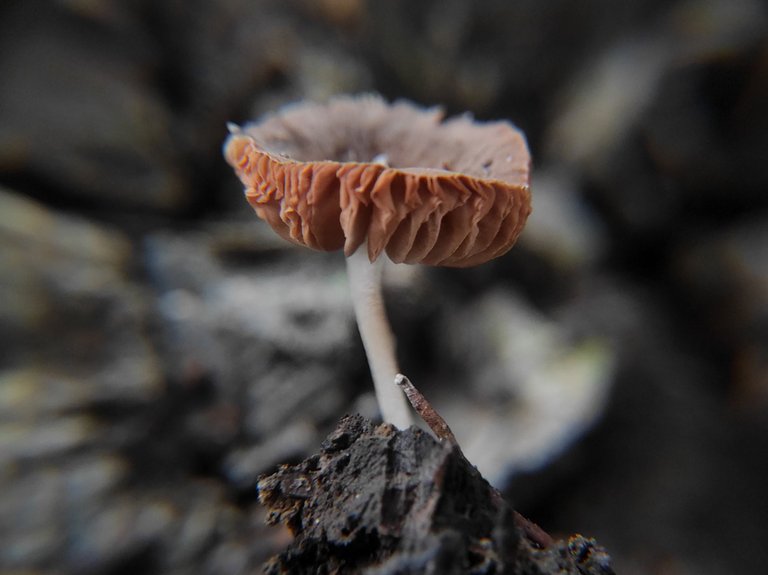

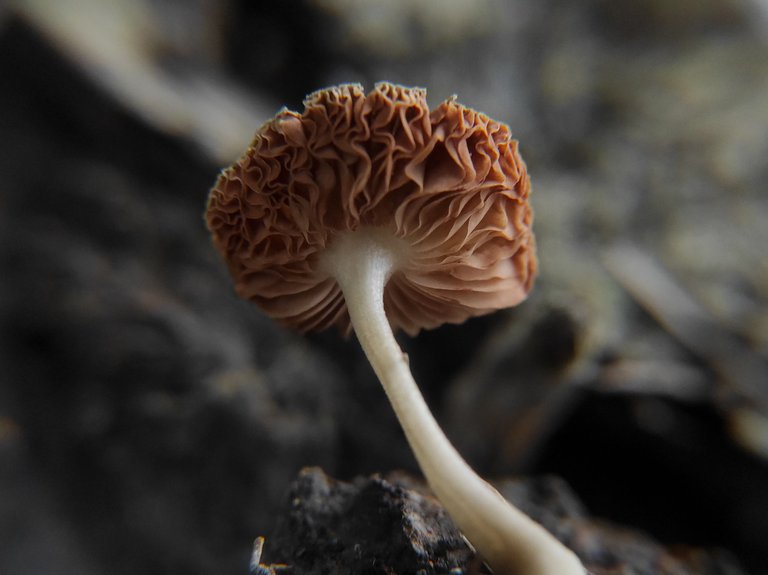
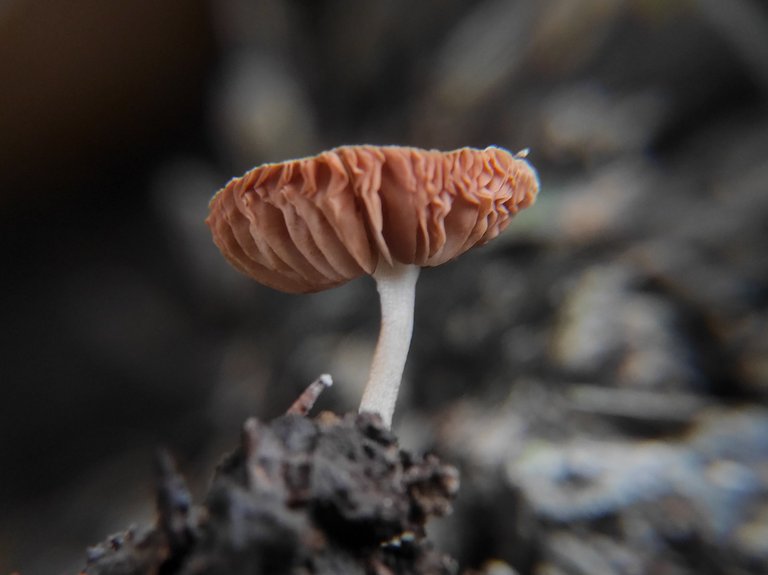
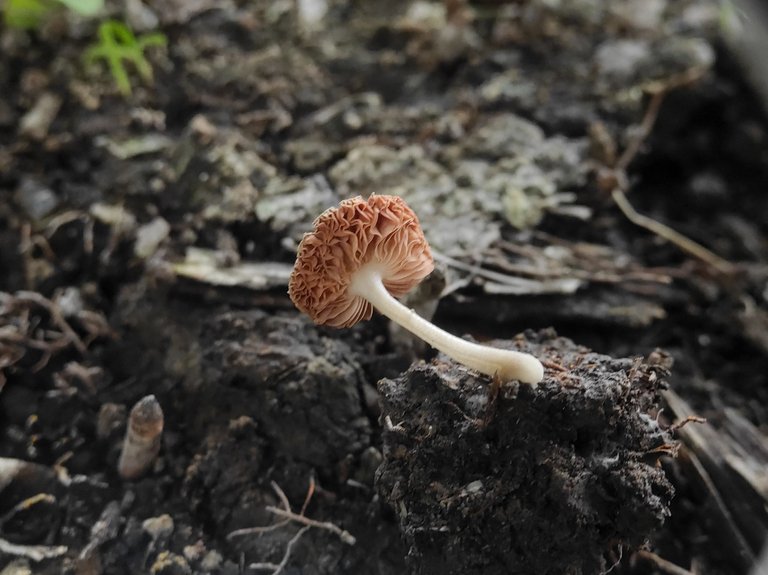
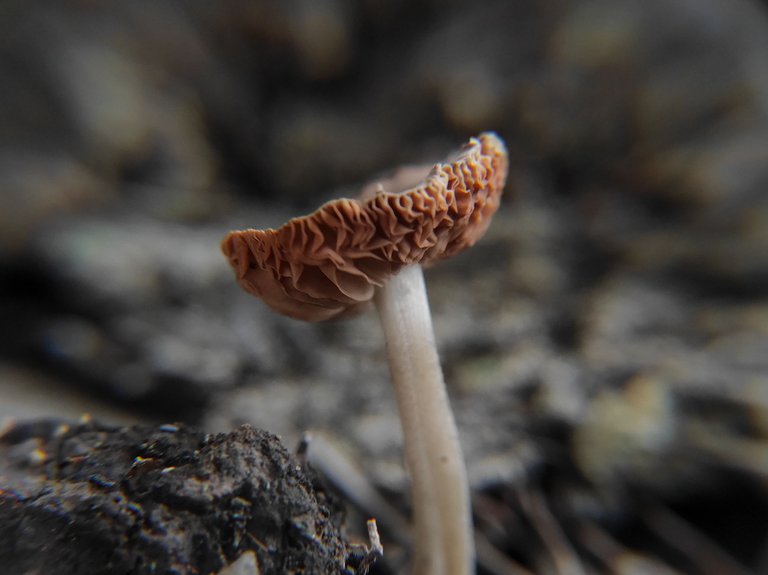
Photographer @teungkulik
Catagory Camera Xioami Redmi Note 9 Pro
Catagory Mushroom Photography
Processed Mobille Adobe Linghtroom
Lens External Macro Lensbong 45mm and lensa loop
Location Lhokseumawe City, Aceh, Indonesia
Wow, nice photos! , thanks for sharing them with us. Thousands of blessings to you.
Thanks my friend
Congratulations @teungkulik! You have completed the following achievement on the Hive blockchain And have been rewarded with New badge(s)
Your next target is to reach 1750 replies.
You can view your badges on your board and compare yourself to others in the Ranking
If you no longer want to receive notifications, reply to this comment with the word
STOP